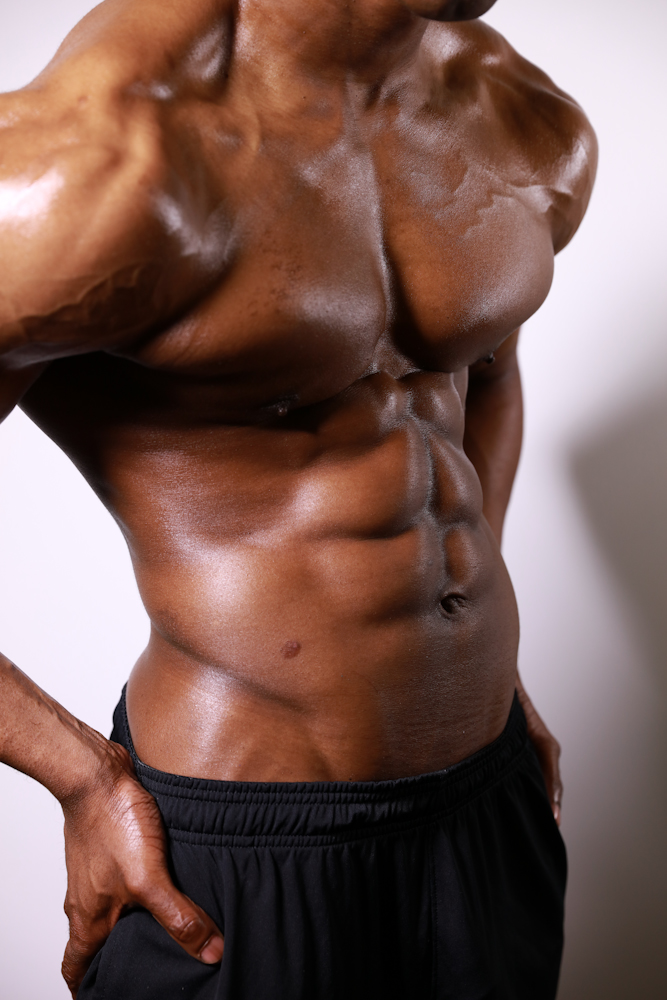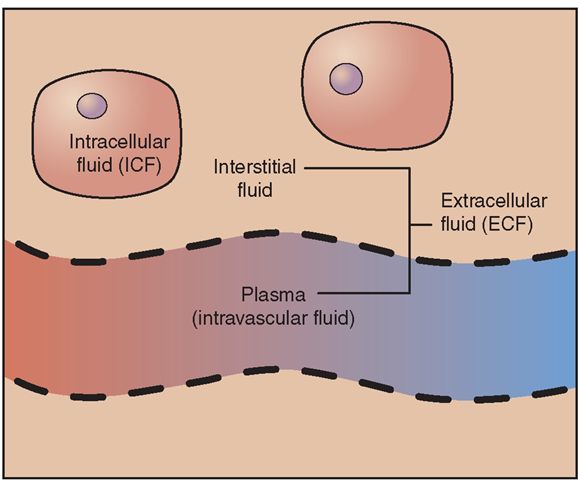
Getting in the Best Shape of Your Life
Dialing your body down to the lowest body fat levels possible with the most muscular definition possible showcases the months of hard work you’ve put into your body.
To experienced weightlifters, this is better known as peak week, when you’re most likely to be ready to prepare for a show or photo shoot.
Peak week is the training routine that happens right before a major event, but it can be a stressful time for fitness models, bodybuilders, and other professionals because of some of the rituals that many go through to look their best.
But does getting ready for an event have to be a time period of dieting and training hell or can you get in great shape by sticking to some simple rules for success?
Without knowing many of the principles of basic nutrition and muscle physiology, peak week can be grueling experience with disappointing results.
How to Get Photo Shoot Ready (Peak Week)

A training program during the last couple of weeks will focus on the most important factor to bring outstanding results: nutrition.
Nutrition is extremely important during peak week and many variables have to be isolated and monitored to prepare your physique for the stage or the camera. This includes water and salt intake, daily protein, and carbohydrate macros.
Peak week becomes a grueling experience when the athlete manages these variables to the extreme and bring themselves to near exhaustion and/or fatigue.
Let’s take a look at water as a variable:
Water
Water is vital for sustaining life by preventing dehydration and helping the body function throughout its many daily processes. It’s also important for muscular cells, as 70% of the water in the human body is located intracellularly and 30% located extracellularly.

To obtain a hard, dry muscular look, athletes will completely cut their water intake during peak week or rely on diuretics to dehydrate themselves of extracellular water until the day before the event.
Not only is this dangerous, but it’s completely dumb since this doesn’t alter the ratio of water extracellularly. The water is completely flushed out of your system and your body responds by releasing aldosterone hormone to help retain more water.
Water intake during peak week should be maintained at the same levels they were during the entire training program until the day before the shoot. 24 hours before the event is when you want to taper off of water to about 50% of normal intake to keep extracellular levels low.
Sodium
Salt intake is another area where trainers and athletes get confused on what proper protocols should be used. Most people will tell you that sodium should be lowered throughout the peak week and then gradually increased as the event gets closer.
Adjusting sodium levels, however, isn’t necessary if the majority of your training cycle consisted of the recommended amount of sodium daily (est. 2000mg).
By unnecessarily adjusting salt intake you may look worse on stage because sodium is responsible for absorbing water intracellularly into the muscles, which is what makes you look bigger while you’re very lean.
As the body is constantly trying to maintain homeostasis for chemical balance, more aldosterone will be released to retained sodium levels in the bloodstream. Excess levels of aldosterone greatly effect your blood pressure, which can lead to not getting a proper pump and looking flat during your event.
To avoid this, maintain your sodium levels throughout the peak week and increase salt only during the day of the shoot. This will give you a much fuller look.
Training
Training becomes less important during a peak week, as inadequacies in your routine can rarely be corrected during these final days. Training at this stage is primarily for maintenance of muscle mass from earlier weeks and to get down to low body fat levels.
Peak week training mistakes happen when the trainee adds too much intensity to the workouts or maintains high levels of cardio that adversely affects their physique.
By working too hard and going to failure often during this point in training excess water retention can occur, which can make your body look too soft and undefined.
As a general guideline, you want to taper off your weight training and cardio exercises gradually. I would start with 80% of your maximum weight for all lifts and lower this to 50% by the day of the event.
For cardio, whether you prefer low-intensity or high-intensity, you want to reduce the time to about 50% of what you’re used to. For example, if you’re on the treadmill for 40 minutes before peak week, reduce this amount to 20 minutes or less the week before the shoot.
The last few days before the event should consist of light circuit training exercises, targeting a wide range of muscle groups with high repetitions and low intensity. This will maintain the conditioning of your body without exhausting your muscles and risk retaining any water.
The Wrap Up
Peak week doesn’t have to be an exhausting experience as long as you know the general guidelines that can make looking your best easy as when you first started training. Keep everything simple. Maintain water and sodium levels until the day of the photo shoot and keep training levels moderate while conditioning. Avoid last minute tricks and supplement gimmicks that can be counterproductive to keeping your body fat levels low. Remember that peak week is about making fine-tuned adjustments to a great training program.
What else do you want to know?
How to Get Super Defined Arms
Why Changing Your Dieting Style is Irrelevant
How to Develop the Physique of a Greek God

Leave a Reply
You must be logged in to post a comment.